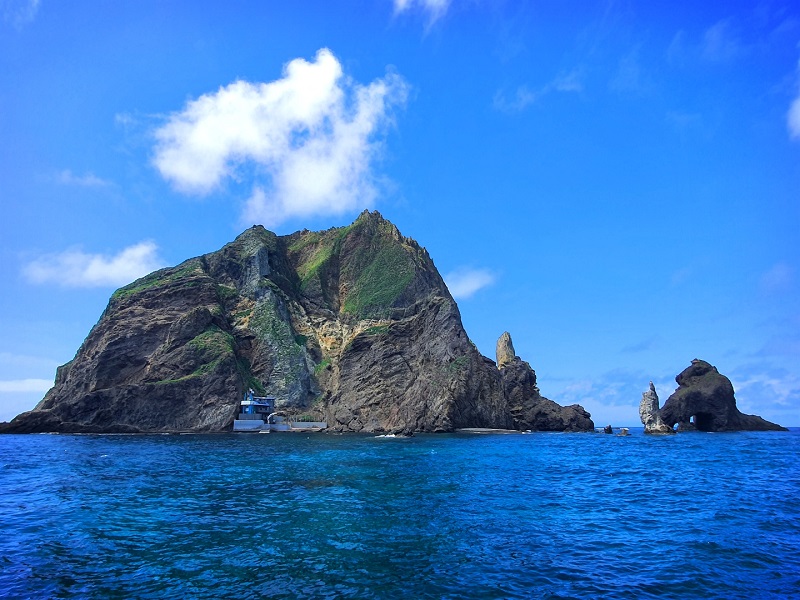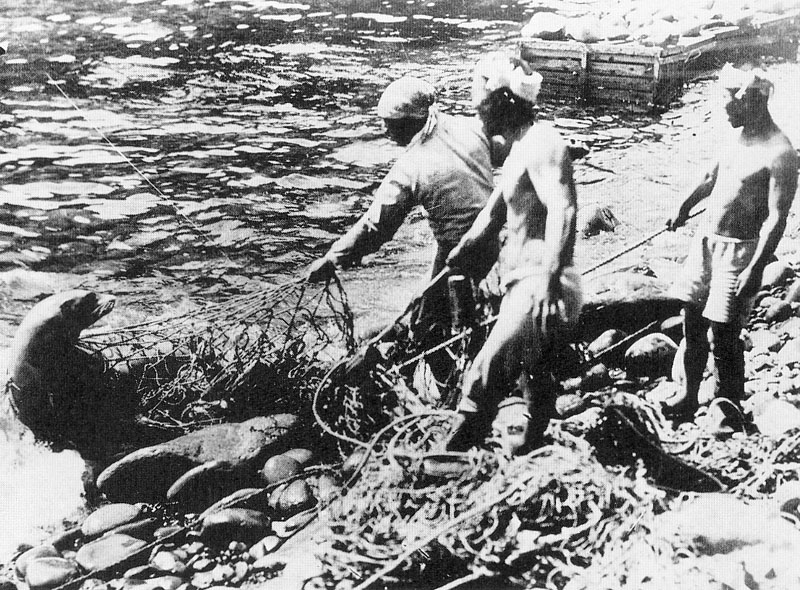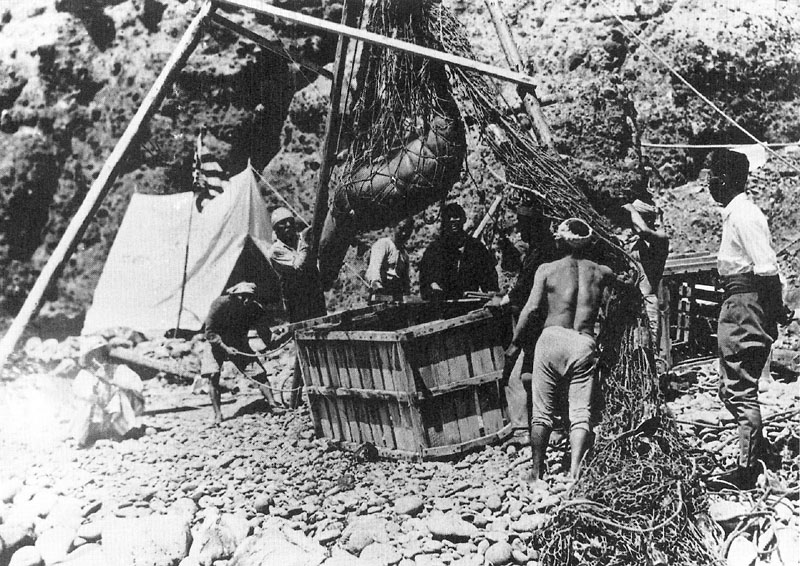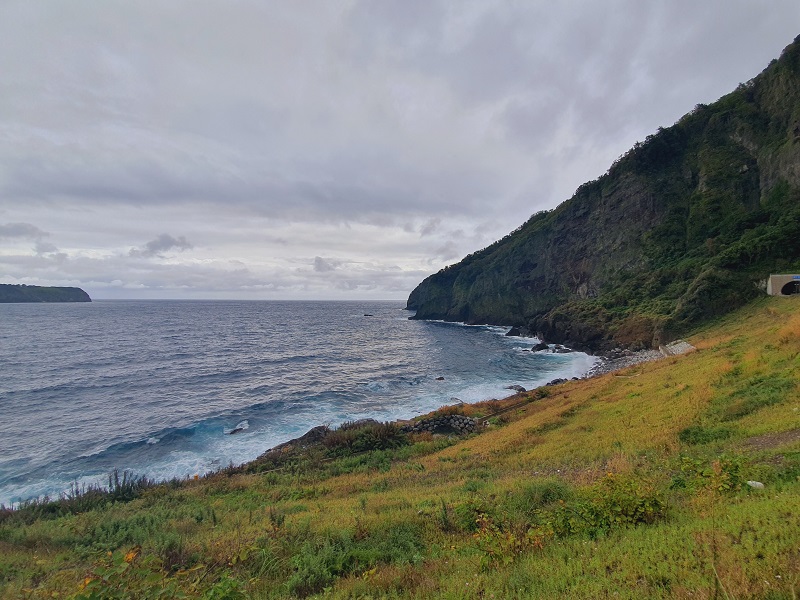- 한국어
- English
- 日本語
- 中文
- العربية
- Español
- Français
- Deutsch
- Pусский
- Tiếng Việt
- Indonesian
By Honorary Reporter Aleksandra Bykova from Russia
Photos = Aleksandra Bykova and Dokdo Foundation

Dokdo Island's ecological issues should not be ignored.
Dokdo Island in the past used to be home to more animal species. One of them was sea lions, which settled there centuries ago but are no longer around today. During Japanese occupation of the Korean Peninsula, the greed of imperial Japan led to a rapid decrease of the creature's population, with no signs of the animal there by the late 1970s. Dokdo's sea lions thus remain only in memory through old photos.

The sea lions of Dokdo Island remain in memory only in old photos.
Illegal hunting of sea lions in and around the island started long before Japanese occupation, as early as the 17th century. As soon as they learned of the huge population of sea lions near Dokdo, Japanese hunters quickly entered Korean waters. The skins of the sea lions were used to make luxury leather bags and oil from the creature's lard was used at lighthouses. Even the fangs came in handy for fancy charms. Hunting for baby seals was another operation in this cruel business, as they were captured and sold to circuses.
Did Japanese poachers as far back as 300 years ago know that they were intruding on their neighboring country's territory? Of course they did. Both they and Japanese authorities were well aware of this but driven by money, more Japanese hunters crossed the sea border year after year.
In 1904, Yozaburo Nakai came up with the idea to rent the island to hunt sea lions on a larger scale. He had no doubt that Dokdo belonged to Korea but sought to ask the Joseon government to allow him access. Japanese authorities, however, were quick to intervene and made Nakai a pawn for imperial Japan. Civil officials reassured him that Dokdo was an inhabited island located between the two countries, but since neither neighbor seemed to care, Japanese authorities persuaded Nakai to send a formal request to make Dokdo Japanese territory. This was granted, and on Jan. 28, 1905, Japan claimed Dokdo and renamed it Takeshima. After grabbing the island, Japan went on to take over the peninsula in 1910.
Japan still claims Dokdo as its territory. For Koreans, Dokdo is unmistakably their land as backed by historical evidence such as numerous old maps of both countries. Moreover, Korean maritime police now guard Dokdo, yet the official website of the 2020 Tokyo Summer Olympics listed the island as part of Japan.

Japanese greed has led to the devastating demise of sea lions around Dokdo Island and in Russia's Kuril Islands.
Japan has also laid claim to Russian territory, namely the Kuril Islands, a point of contention since the end of the Russo-Japanese War in 1905. In an amazing coincidence, sea lions also figure prominently in this issue. Japanese poachers seem rather reluctant to leave the islands, having destroyed 90% of the sea lion population there.
The world has apparently glossed over ecological issues as territorial claims have taken center stage. What about protecting living things as well as a country's borders? In the 21st century, when natural catastrophes, climate change and the COVID-19 pandemic show just how sick the planet is, the question should not be "Who owns the territory?" but "Who will protect nature?"

Despite Japan's repeated claims, Dokdo Island has long been Korean territory.
kalhong617@korea.kr
*This article is written by a Korea.net Honorary Reporter. Our group of Honorary Reporters are from all around the world, and they share with Korea.net their love and passion for all things Korean.
